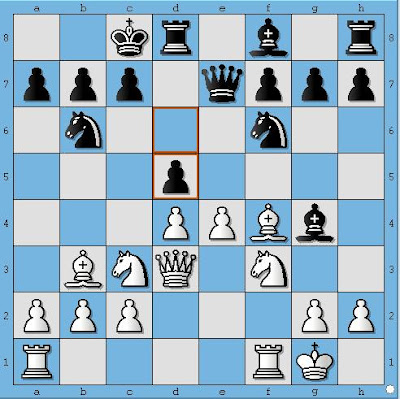The pieces of the puzzle fall in place

. . IS the largest. Learning. My understanding of positional chess is boosting lately. My adage used to be that piece activity is the nec plus ultra of positional play. I had discovered this by gathering a lot of positional elements (from positional exercises like PCT) like open lines, outposts etc. and formulating what these elements had in common. Now what have I learned lately? Piece activity as the foundation of all positional elements. There were some positional elements that I had neglected almost entirely. Like the center, centralization of pieces, overprotection, prophylaxe, color complexes, pawnstructure, exchanges, exchange sacrifices etc.. The question was if these elements had the same base (piece activity) as the other positional elements I mentioned or that they were founded on an entire different entity, unknown to me. I found that these elements too derive their importance from what they contribute to the activity of the pieces. Targets. Piece activity pur sang is rat...


